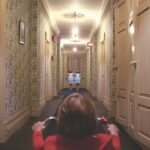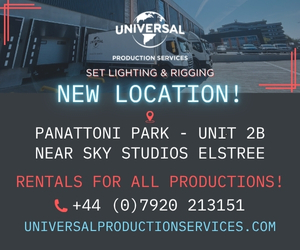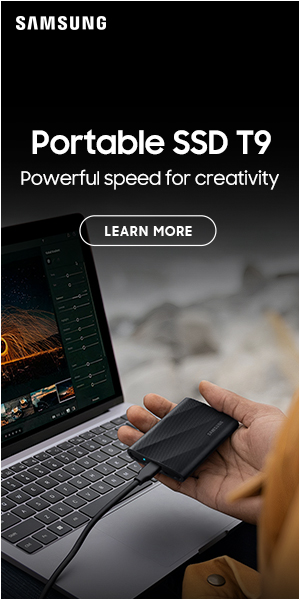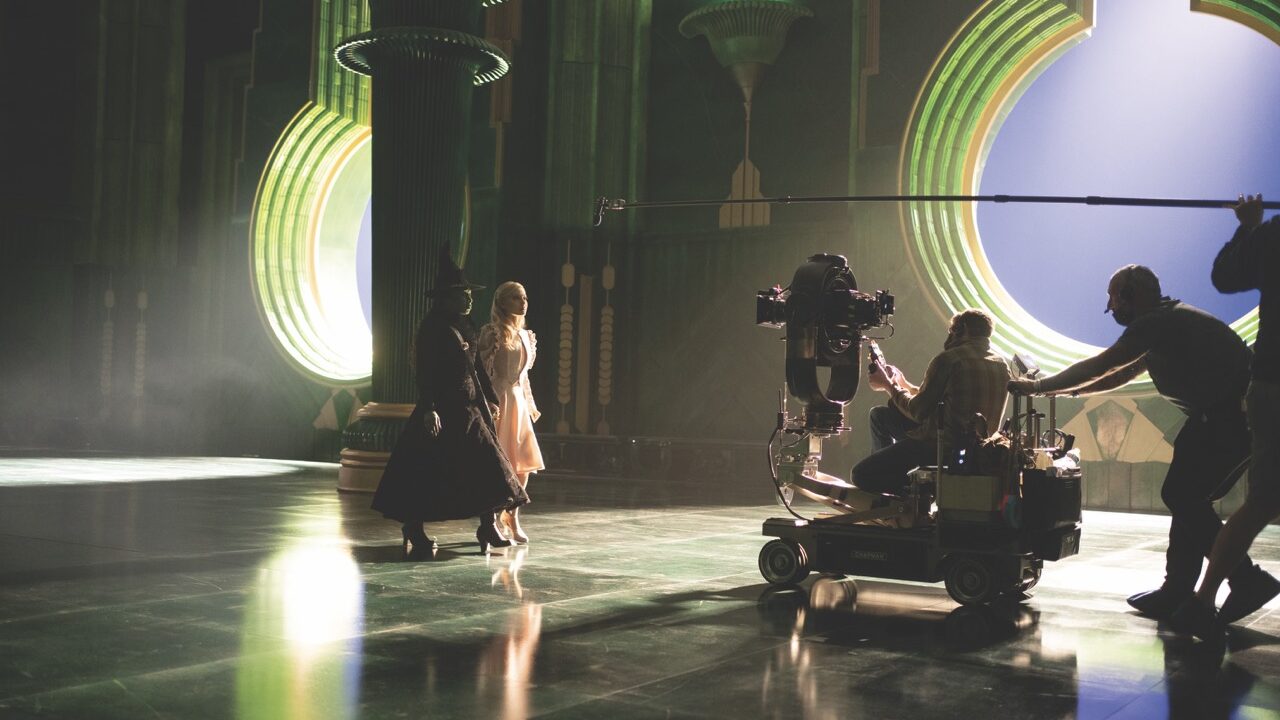
The exchange with Kevin Greene on lenses
Posted on Jun 16, 2025 by Admin
We grill Kevin Greene, technical director EMEA at Panavision, on what filmmakers really want from their lenses, how virtual production is reshaping design priorities and why the future of optics still depends on the human touch
Definition: What would you say is the driving force generating innovation in the world of cine lenses right now, and do you think we’re likely to see any major shifts in optical design over the next few years?
Kevin Greene: The variety of native aspect ratios represented by modern digital sensors has certainly been a factor, particularly for anamorphic lenses. When 35mm film was the dominant capture format, the 2x squeeze was standard for anamorphic lenses. Today, though, to give filmmakers greater flexibility both artistically and technically when working with modern imagers – as well as needing to meet the technical requirements of studios or VFX – we offer 1.3x, 1.6x and 1.85x squeezes.
For example, our most recent lens series, the Ultra Panatar IIs, offer a 1.3x that harks back to the 1.25x squeeze of Panavision’s very first anamorphic optics from the fifties. These ratios allow filmmakers to maximise the effective pixels within a sensor’s native aspect ratio, while achieving the desired release aspect ratio and still giving an aesthetic that’s separated from the proportionate magnification of spherical photography.
Interestingly, as sensor sizes have gotten bigger, the amount of aberration we allow back into images has also increased. Despite cameras’ light sensitivity continually improving, cinematographers still always want faster usable speeds, particularly for anamorphic lenses.
Lens design has been an evolving art and science since photography’s inception, and never exists in a vacuum – it always moves hand in hand with other advances in imaging technology. This means everything from cameras to final displays, inclusive of volume environments, visual effects, colour grading and so much more. As the way stories are crafted by filmmakers and experienced by viewers continues to evolve, so too do lens designs.
DEF: How does customer feedback influence your R&D priorities? Are there any recent product developments or features that were directly inspired by filmmaker requests or challenges in the field?
KG: Panavision has always built lenses based on the needs of our customers. The direct input and special requests we get from filmmakers are our greatest source of inspiration for new innovations. When we provide a custom modification or develop a new prototype to help a cinematographer tackle a unique situation for a specific project, inevitably what started as a one-off request will be embraced by other filmmakers as well, often laying the groundwork for a full-fledged product or even a series of lenses.
In recent years, Robert Richardson, ASC came to us with a specific set of requests that led to the first prototypes of what became our VA large format spherical primes.
Similarly, feedback we received on Ultra Panatar 1.3x anamorphics, which were developed to meet the needs of cinematographer Trent Opaloch on Avengers: Infinity War and Avengers: Endgame, fed into the design of our Ultra Panatar II series. Alice Brooks, ASC was the first cinematographer to put our prototype Ultra Panatar IIs through their paces, for Wicked, and her feedback was invaluable in finalising the lenses.

DEF: Virtual production is putting new technical demands on lenses. What are the biggest challenges in that area, and how are they being tackled?
KG: At our headquarters in Woodland Hills, California, the team has done extensive testing to study the relationship between camera sensors, lenses and LED displays. This is so we can help filmmakers recognise where moiré is likely to be encountered when working in an LED volume and provide them with optical solutions developed by our special optics team to mitigate those instances.
Part of that testing included shooting footage of a subject in a practical environment, then capturing background plates of that environment and looking at the subject in a virtual stage with the environment displayed on LED walls. We studied the differences and determined which adjustments we could make to the lenses to help enhance the realism of the stage environment.
Additionally, for productions that need to capture background plates – either for use in volume stages or more traditional VFX workflows – we have developed our own precision array system, which includes three different sizes of camera array baseplates, as well as a dedicated series of Array Lenses.
One of the significant challenges in capturing background plates for a volume environment is finding lenses that are well matched. Often, VFX will ask for a significant amount of overlap between cameras in an array so they can find clean points at which to stitch the images. The more overlap you need, the wider the focal length you’ll have to use, which creates the appearance that the background is further away than you might want. The Panavision Array Lenses are neutral and rectilinear, with each focal length precisely calibrated and matched, saving significant effort and expense on the VFX side and allowing less overlap from camera to camera, so you can use longer focal lengths with greater background magnification.
DEF: For DOPs planning long-term investments, how important is it now to think about future-proofing against new camera systems? Any advice on that front?
KG: At Panavision, we don’t sell our lenses, we only rent them out. Part of what underpins this rental-only model is the genuine belief that it affords filmmakers greater flexibility to choose the lenses, cameras and accessories that are right for each individual project. Anamorphic or spherical, large format or Super 35 coverage, modern or vintage, our own proprietary lenses or ones from other manufacturers – we’ll help you find a package tailored to the specific needs of the project at hand.
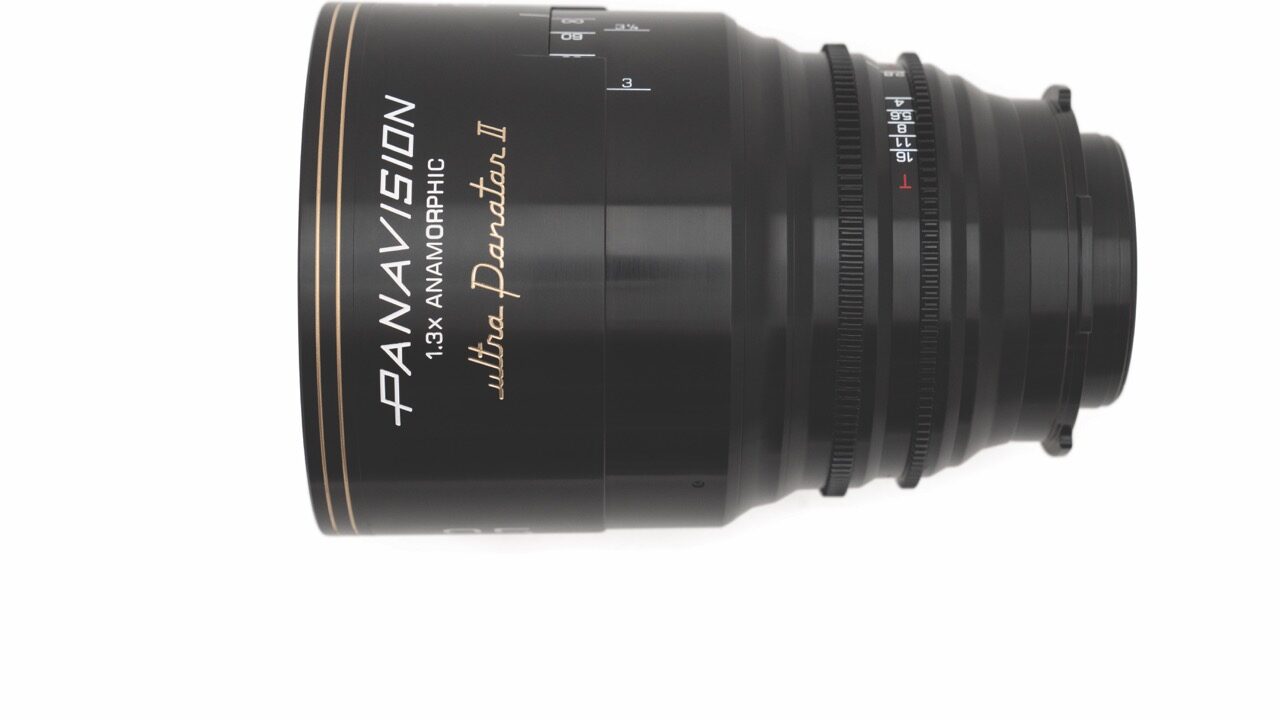
DEF: As camera systems and post-production tools grow ever more capable, what do you see as the role of the lens in defining the feel of an image? Is it expanding, narrowing or evolving in new directions?
KG: Today’s digital sensors are excellent, and the choice between one camera and another often simply comes down to comfort level and familiarity for the cinematographer. It’s in the choice of lenses and their lighting that cinematographers really define a project’s look and feel. Contrast, sharpness, aberrations – these and other qualities are inherent in the lens. You can be incredibly creative in the final grade, but the fundamental look of your project is established on-set, through the lens.
This is something we talk about with our colleagues at Panavision’s post-production division, Light Iron. It’s so important to consider the entire imaging chain – all the way through to the types and sizes of screens that audiences will ultimately be watching your project on – as you choose your lenses, camera, LUT and make further creative decisions in the final grade.
All of these elements are connected, and you want to make sure, for example, that your LUT works in tandem with your lenses, complementing rather than counteracting the optical qualities that drew you to the lenses you’ve chosen. Collaborating with your final colourist during camera and lens tests, taking that footage into the grading suite and looking at it on all sizes of screens will help to ensure the optical qualities you see in the lens will be preserved through the imaging chain and ultimately have the desired impact on viewers.
DEF: Is AI being at all integrated into lens design and performance optimisation? If so, how, or how could it be? do you see potential here in the future?
KG: We see the evolution that’s happening with AI and we are exploring where and how it might come into play as part of our design, optimisation and customisation processes. One area where we recognise potential is in the interplay of real-world optics and visual effects.
Our optics team have used computer models to aid their designs for many years, and what’s interesting is that the models only ever take you so far. These programs emphasise mathematical perfection, but when we then look at that prototype lens with a cinematographer, we inevitably push
the design somewhere outside the box of mathematical perfection.
As we hear from DOPs, there’s always a human element essential to imbuing a lens with character that filmmakers – and, in turn, audiences – will respond to. That human element is and will remain absolutely critical for our customers.
This article appears in the May/June 2025 issue of Definition


